2025 Mini John Cooper Works Countryman First Drive Review

Love It | Leave It |
|---|---|
Full of charm | Big price tag |
Hot hatch feel | Stiff ride |
Much better second-row experience | Fussy JCW styling |
According to Mini, the Countryman simply had to get bigger.
Late last year at the 2025 Countryman JCW debut, a Mini spokesperson told us at AutoGuide that the largest Mini offering is that way to keep folks in the brand. Sure, they love their classic three-door hatchbacks, but once family life happens, space becomes a priority.
From a practical perspective, this tracks. I get it, I do. But I propose another, more emotive rationale: the latest JCW Countryman needs to be the biggest little SUV out there to cram all the personality in. At least that’s what I learned after Mini invited us to Cascais, Portugal to meet the latest members of the family.
What’s new?
Alright, the Countryman’s bigger—and what isn’t these days? At 174.5 inches (4,433 millimeters) in length it’s over five inches (127 mm) longer than before, with a marginal gain in width and a few extra inches of height to boot. A wheelbase stretch unlocks more passenger space, almost all going towards making the second row more hospitable. More practical pay-offs: the embiggening process has unlocked more cargo space, at 460 liters with the seats up and a very useful 1,530 liters with them down.
It all comes wrapped in a chopped-and-boxed remix of the brand’s traditional design. Mini faces a somewhat unique conundrum in the industry: its most iconic model is its smallest and most affordable offering, but stretching and skewing that to fit every size of vehicle just isn’t viable. Remember the first Porsche Cayenne? Yeah. Thus, the Countryman debuts squarer headlights, chamfered wheel arches, and taillights in the slightest C-shape possible. It’s hard to miss the quartet of four-inch exhaust tips crowding the rear bumper, too.
Surely different, it works better in person than pictures—and with a drag coefficient of just 0.26, it’s quite slippery. I’m still not entirely sold, but much of that comes down to the fussier details of the JCW in particular: the odd nostril-like indents flanking the front badge, the mélange of shapes and textures in the nose, and those vertical slashes of lipstick framing the bumper. But hey, those wheels look ace.
Under the stubby hood sits the familiar 2.0-liter turbo-four. In North America it produces 312 horsepower, making this the most powerful production ICE-powered Mini ever. Torque peaks at 295 pound-feet. A seven-speed dual-clutch gearbox sends that power to all four wheels, enough to blast the Countryman JCW to 62 miles per hour (100 kilometers per hour) in just 5.4 seconds.
While Mini is launching an all-electric Countryman too—and I drove it immediately after the JCW, which you’ll read about soon—the John Cooper Works badging will not be unique to the ICE models. A battery-powered performance model will debut later this year.
S-yeehaw-V
If you need to know anything about the JCW driving experience, it’s this: activating the Gokart drive mode elicits a chipper “yeehaw” from the speakers. It’s ridiculous, the sort of thing a quote-unquote purist would surely scoff at. But it’s also something only Mini could pull off.
In this drive mode, the JCW presents a mental conundrum. The cabin space is clearly better now, firmly locking the Countryman into the crossover category. And yet it drives much more like a hot hatch than I expected. The throttle mapping is eager but not overly so, and the (piped-in) soundtrack is suitably rorty. There are clear BMW influences in the steering—too thick in cross-section, an artificial level of weight in this sportiest drive mode—but it is quick and accurate, allowing the JCW to slice through the flowing roads along Portugal’s western coast. It’s easy to build confidence in the not-so-Mini and enjoy the adventure.
Dial back to a more relaxed drive mode and the JCW is almost comfortable. The big 20-inch alloys—19s are also available—give it a fidgety ride along the cobblestone road around the hotel. The Countryman settles down on regular tarmac; there’s always a firm edge, but nothing unusual given the JCW’s mission statement. The extended wheelbase gives it a more mature high-speed ride, yet the increase in weight has done nothing to upset its mid-corner composure, with minimal body roll. The big brakes hiding behind the JCW flag-shaped spokes are powerful and progressive.
Big space, big smiles
Mini has rethought the Countryman cabin with a big focus on sustainability. The knit running across the dashboard and doors is made of recycled materials. This has a texture a bit like rougher corduroy, which suggests it should wear well, and it’s a far more interesting tactile approach than pebbled plastic. In the JCW it’s a pretty sober gray-with-red motif, but other models will see additional splashes of color.
The center stack is pleasantly minimal, prioritizing open space over a cockpit-like design. The wireless charger shelf is easy to reach, as are the primary controls above: the shifter and Mini Experiences switches framing the satisfying twist-action starter.
The central, circular 9.4-inch OLED screen deserves center stage. It runs the ninth iteration of Mini’s operating system, which is more than a reskin of the comparable iDrive. There’s plenty of customization here, and naturally a whole lot of layout rejigging to make the most use of the shape. It isn’t perfect: there are some situations, particularly with the native navigation, where overlapping windows make it hard to suss out the next necessary button press. The nav suffers from lag, too. The afore-mentioned Mini Experiences is a fun octet of themes, modifying the screen, driving dynamics, sounds, and ambient lighting, the latter of which is projected from behind the screen for a much more subtle feel than, say, Mercedes’ approach. With the Mini mobile app, you can even set a custom background for the central screen, though I couldn’t get this to work at the event.
The tech upgrade also makes for a much more robust lineup of (standard) driving assists now, including an available hands-free Level 2 highway assist.
Seat comfort is excellent up front, the combination of knit and vegan leather providing the right look and feel for something with sporty ambitions. The second row is much friendlier this generation, and the combo of available panoramic roof plus flat window line makes it an airier space, too.
Dollars and sense
The JCW Countryman will sticker near the top of the lineup when it arrives in dealerships this summer. American pricing begins at $47,895 including destination; Canadian buyers can expect to drop $56,290 CAD. (BMW and Mini Canada allow dealerships to set their own destination charges.)
In America, the electric model will undercut the JCW by $1,700; in Canada, it will be $3,700 CAD more than the ICE-powered model.
Final thoughts: 2025 Mini John Cooper Works Countryman First Drive Review
This new flagship is a pricey plaything, don’t get me wrong. A Mini of any sort closing in on the average new-car transaction price still causes a pause.
Yet for those who desire the biggest Mini without sacrificing potential smiles per mile, the 2025 John Cooper Works Countryman is a hoot. The driving experience could tease a grin out of Roy Kent, and now the cabin ambiance has a good chance of doing the same.
Become an AutoGuide insider. Get the latest from the automotive world first by subscribing to our newsletter here.
2025 Mini John Cooper Works Countryman | |
|---|---|
Engine: | 2.0L I4 Turbo |
Outputs: | 312 hp, 295 lb-ft |
Transmission: | 7DCT, AWD |
US Fuel Economy (mpg): | N/A |
CAN Fuel Economy (L/100 km): | N/A |
Starting Price (USD): | $47,895 (inc. dest.) |
As-Tested Price (USD): | See text |
Starting Price (CAD): | $56,290 (not inc. dest.) |
As-Tested Price (CAD): | See text |

Kyle began his automotive obsession before he even started school, courtesy of a remote control Porsche and various LEGO sets. He later studied advertising and graphic design at Humber College, which led him to writing about cars (both real and digital). He is now a proud member of the Automobile Journalists Association of Canada (AJAC), where he was the Journalist of the Year runner-up for 2021.
More by Kyle Patrick





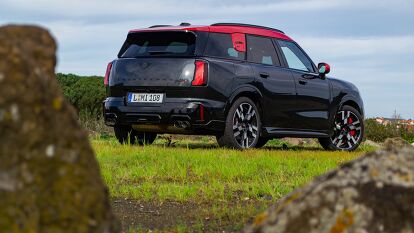









































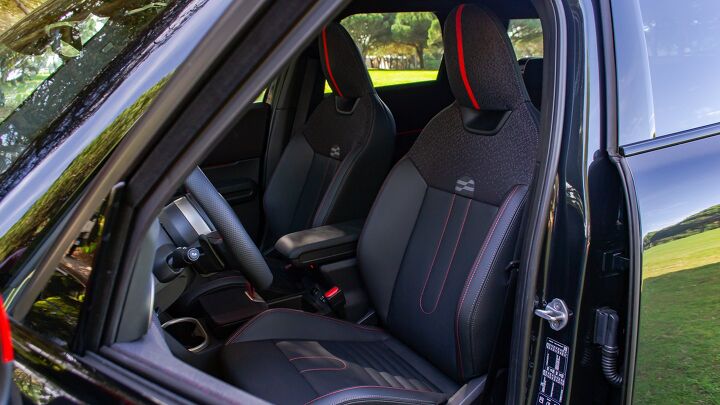

















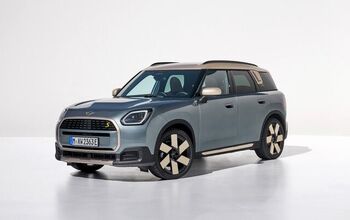
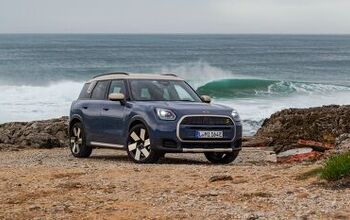
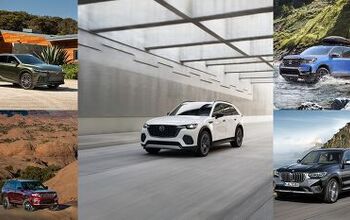
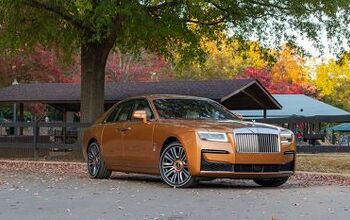

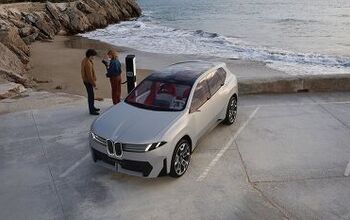


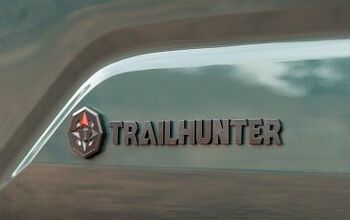
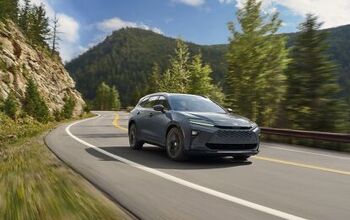
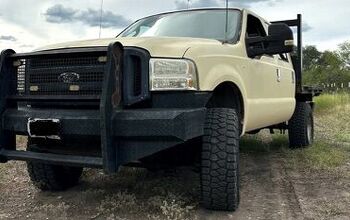

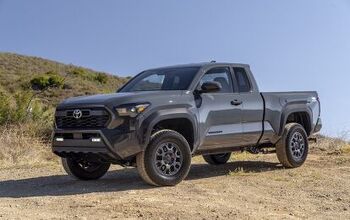
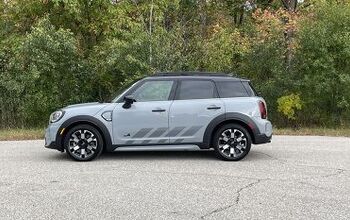
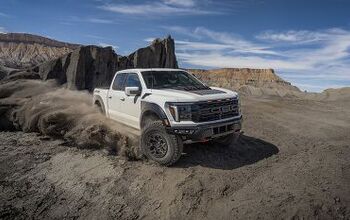
Comments
Join the conversation
Glad to learn the DCT now can handle the increased power of this engine. The DCT's I've driven in the lower-powered Mini's were very impressive in efficiently transferring power to the drivetrain, making those engines feel more powerful than I expected. My 2020 JCW Countryman has the 8-speed Aisin...perhaps I shouldn't test-drive the 2025 so I won't covet the DCT feel!